Chants De Cour a L’inanga Et Chants Populaires
Les chansons accompagnées à la cithare-sur-cuvette inanga appartiennent au répertoire courtois ou rural. L’inanga est autant pratiqué dans les veillées familiales que dans les liturgies sacrées ou les louanges dédiées à la noblesse. On remarquera l’usage de la technique vocale guhogoza (le travail des voix de gorge), typique de plusieurs pays d’Afrique de l’Est.
Titres : 1. Rwamwiza; 2. Impunga; 3. Mungu Aradukunda; 4. Imitoma; 5. Nyangezi; 6. Rwahama; 7. Ngela; 8. Garuka; 9. Kund’inka; 10. Imbabaza-Bahizi; 11. Rwamuhunga. The songs accompanied by the zither inanga belong to the noble or rural repertoire. The inanga is played in the family vigils, in the sacred liturgies or in the praise songs dedicated to the nobility. Médard Ntamaganya practises the vocal technique guhogoza (a throat singing), typical of several countries in East Africa.
Track listing : 1. Rwamwiza; 2. Impunga; 3. Mungu Aradukunda; 4. Imitoma; 5. Nyangezi; 6. Rwahama; 7. Ngela; 8. Garuka; 9. Kund’inka; 10. Imbabaza-Bahizi; 11. Rwamuhunga.

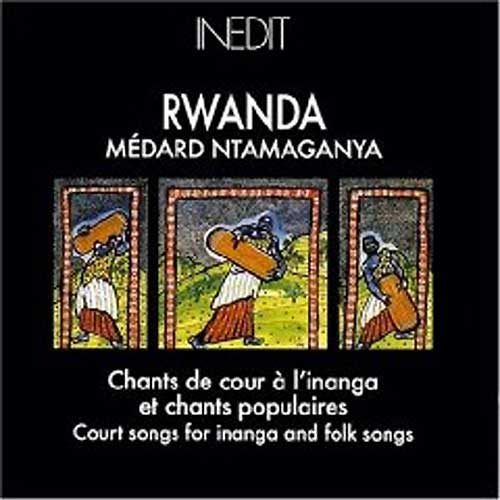
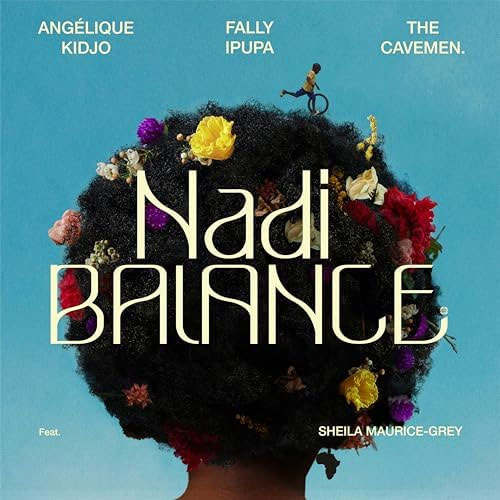
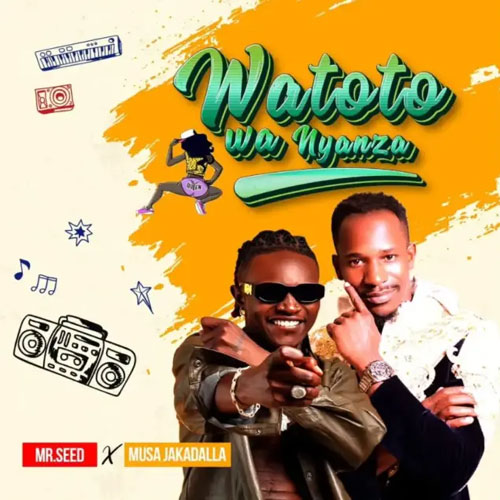
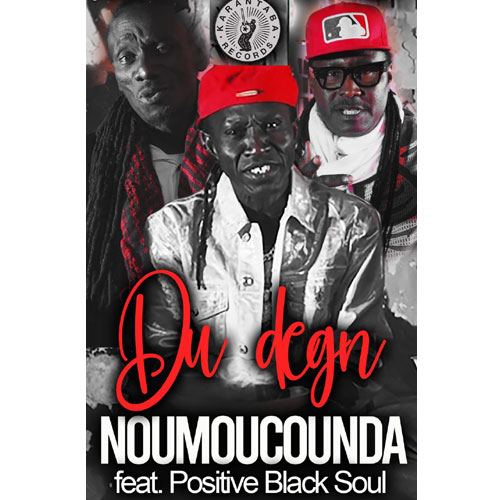
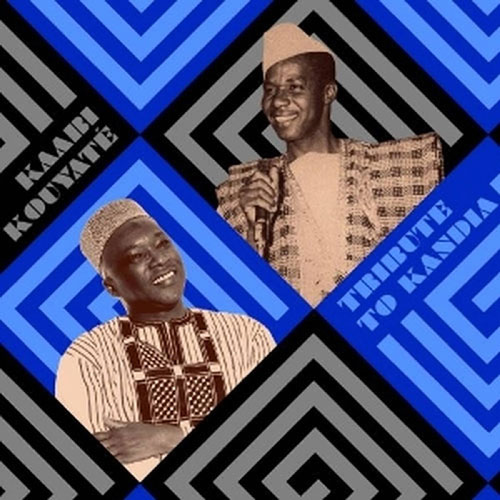
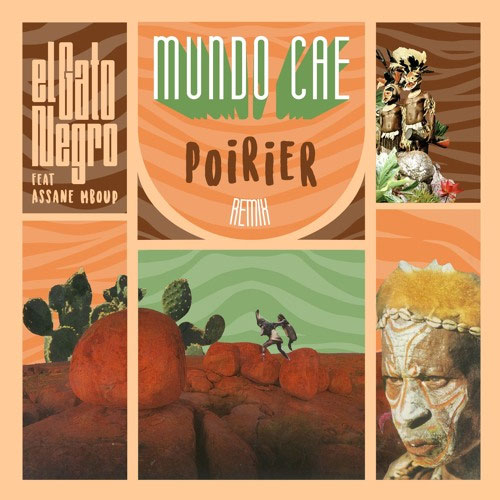

Laissez un commentaire
Vous devez être logged in pour poster un commentaire.